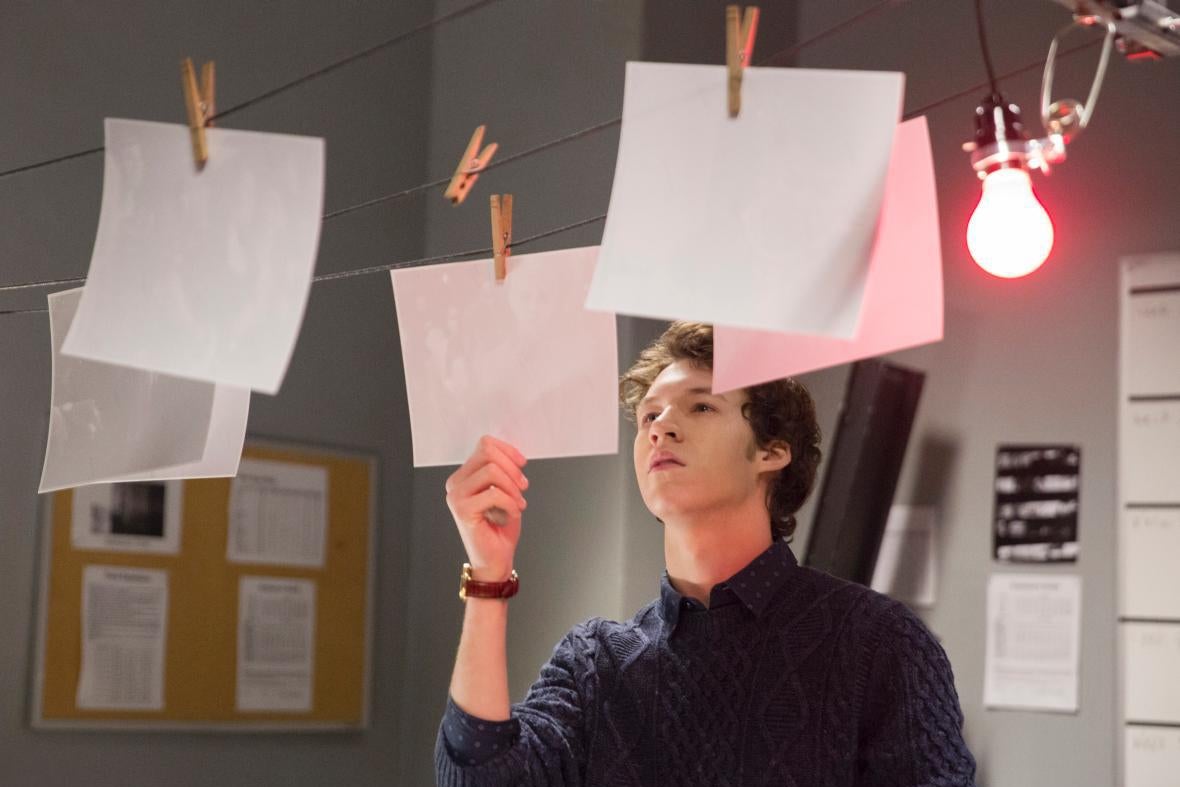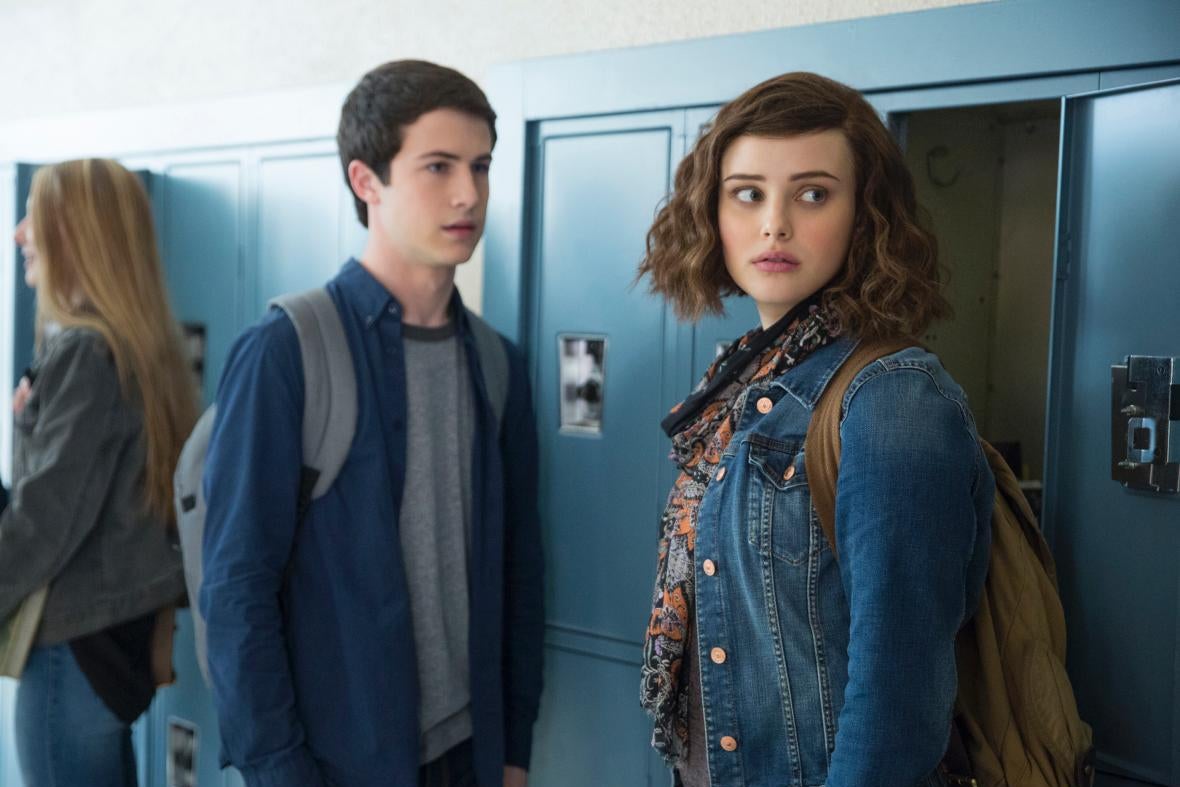This post contains spoilers for 13 Reasons Why.
Netflix has renewed 13 Reasons Why for a second season. Remind me what the first season was about, again?
A teenage girl named Hannah Baker kills herself and leaves behind a set of cassette tapes which identify 13 reasons—and accordingly, 13 people—from her high school who she considers responsible for her suicide. The story is told over the course of 13 episodes, in flashbacks from Hannah’s point of view and from the present-day perspective of another student, Clay, who had a crush on Hannah and spends most of the show grappling with the secrets he learns on the tapes and confronting the people involved.
How surprising is it that Netflix’s is renewing this show for Season 2?
Not very. Netflix doesn’t release viewing numbers, but the show has been acclaimed by some critics as a well-produced, unflinching take on adolescent struggles and is wildly popular on social media, in part because of the controversy surrounding it. (We’ll get to that.) The Hollywood Reporter reported at the end of April that the show’s writers’ room had already started work on a prospective second season. Then there was the news that actor Ross Butler, who plays Zach, had dropped out of another project, which seemed like a confirmation that the actor was clearing his schedule to return to 13 Reasons Why. So we knew this was probably coming.
Wait, I thought we had heard all 13 reasons and then we were finished with the story. What would a second season even be about?
The first season is pretty self-contained—the show ends with Hannah’s parents receiving a copy of her tapes, which will finally give them the answers they’ve been seeking. Clay, too, has learned a lesson about compassion and seems like he can genuinely move on now that he understands the part he played in Hannah’s story. Season 1 also covers the entirety of the young adult novel it’s based on, meaning that a second season would have to be made up of entirely new material.
That said, the writers did leave us with a number of cliffhangers at the end of the first season: Hannah’s parents are still engaged in a lawsuit to hold the school accountable for possible negligence in their daughter’s death and Bryce, the popular jock who raped Hannah as well as another student, Jessica, has yet to face justice. Plus, we still don’t know what happened to Alex, another one of the students named on Hannah’s tapes who was overwhelmed by guilt.
Most ominously, the show’s finale suggests that Tyler, the creep who took pictures of Hannah through her bedroom window and has since been stockpiling weapons, is planning to shoot up the school.
This is a lot of drama for one high school.
Degrassi, eat your heart out.
Some people don’t seem too happy about the prospect of a second season. What’s that about?
A number of mental health professionals, suicide prevention experts, and school counselors have already voiced their concerns about the show’s first season, particularly surrounding 13 Reasons’ depiction of suicide.
What are those concerns, specifically?
There are quite a few, but here are the main ones:
- By its very nature, the show risks romanticizing suicide. Once Hannah kills herself, her classmates are shown to finally care about her, her parents realize the depth of her pain, and her love interest spends all his time thinking about her and confronting the people who wronged her.
- The show’s premise is essentially a revenge fantasy: Hannah blackmails her classmates into listening to her tapes and blames them for what she considers their part in her death, regardless of the severity of their offense—one published her poetry anonymously in a student magazine, whereas another raped her. By letting Hannah live on through the tapes, the show not only undermines the finality of her suicide, it frames suicide as an effective act of vengeance.
- 13 Reasons Why skirts issues like depression and post-traumatic stress disorder, even though mental illness plays a role in 90 percent of all suicides, and instead places the blame for Hannah’s suicide on the actions or inaction of those around her. In real life, things are rarely that simple, and it’s both damaging to survivors of suicide loss and unrealistic to suggest that love and kindness alone could have prevented a suicidal person from killing themselves.
- The show depicts adults—even adults who are specifically trained to handle these kinds of issues—as out of touch, incompetent, and incapable of helping a person in crisis, which can discourage young people who are struggling from seeking help.
- Perhaps most notoriously, the show depicts Hannah’s suicide in graphic detail.
Wait, why is that last one such a bad thing?
The show’s creators have justified including that scene in the finale on the grounds that it would show the permanence and horror of suicide. “It was important for us not to look away from the most difficult moments,” wrote Brian Yorkey, who will be take over as showrunner for Season 2, in an open letter. “To make it easy and safe for the viewer would be to do a grave disservice to a story that is neither easy nor safe.”
However, studies suggest that graphic depictions of suicide, or detailed descriptions of the suicide method, can create a risk of contagion, or “copycat suicides.”
C’mon, can a TV show really make people kill themselves? Isn’t this just a classic case of moral panic?
The fear isn’t that an otherwise healthy person will see this show and suddenly be motivated to kill herself. But for a small segment of the population who are already at risk—especially within a young, impressionable audience like the one 13 Reasons Why is attracting, despite its TV-MA rating—this show can reinforce unhealthy ideas about suicide. At least one school district has reported an increase in at-risk behavior in young people, including acts of self-harm and threats of suicide, that has been attributed to the show.
So, what, suicide shouldn’t be shown on screen at all?
That’s not what critics are saying—only that if a show wants to be a positive force for awareness and prevention, as 13 Reasons Why sincerely does seem to want to be, there are widely accepted guidelines in place to help reduce the risk of contagion. The show’s failure to model successful help-seeking behavior and the way it presents Hannah’s suicide as inevitable are two other major causes of concern, as is the overall lack of resources within the show itself for viewers who might be at risk.
How has Netflix responded to these criticisms?
Mostly by repeating how important the show has been in prompting vital discussions about teens and suicide—though it has recently promised to strengthen the show’s existing content warnings, which precede three of the episodes that show graphic depictions of sexual assault and suicide, including the URL for its website with links to regional lifelines. It has also said that it will add an additional warning card at the very beginning of the series as an “extra precaution for those about to start the series.”

Beth Dubber/Netflix
OK, it sounds like Netflix is acknowledging the controversy, at least a little bit. What does all of this mean for the second season?
That’s what we don’t yet know. Stronger content warnings and clearer resources are a start, but school counselors and mental health professionals have some more ideas about how 13 Reasons Why can learn from the mistakes of its first season, including modelling successful help-seeking behavior and offering a message that includes hope and resilience instead of just presenting suicide as inevitable.
“I think that they need to focus on mental health and getting help,” suggested Anne Henry, a professional school counselor in Prince William County, Virginia, for Season 2. At the end of the first season, Clay reaches out to another student, Skye, who is struggling with self-harm, which Henry says is a positive development. “It would also be important to show that [Clay] is not the one responsible for saving her. He can be kind, that’s great. We all need to do that. But it’s not his total responsibility to save someone. It would be good to explore how the other characters are getting help for themselves.”
Phyllis Alongi, the clinical director of the Society for the Prevention of Teen Suicide, recommended a follow-up panel discussion at the end of the series featuring experts in suicide prevention, and, in light of the possible school shooting, school violence. “Like reality TV, almost, with experts in the field asking If this happened or you knew this student was this, what would you do? What would be the right thing for a school counselor to do? What does research show—evidence-based best practice for anti-bullying, anti-violence? Something real at the end that gives resources and also something for parents and educators to talk to their kids about.”
Anything else?
I wish the show would let Hannah rest in peace now that her story has been told, but it doesn’t sound as though that’s going to happen. Per Yorkey in the Hollywood Reporter: “Hannah’s story is still very much not finished. She’s an integral part of whatever the next chapter of the story is, and she’s very much still at the center of it.”
The show could also do with a little more realism. True, this is a drama, and dramatic things are supposed to happen. And parts of its depictions of slut-shaming and cyberbullying have certainly resonated with some real teenagers. But a lot of the first season came off less as as show about real teenagers and more about what adults think life is like for the average teenager today, complete with weeklong benders, hot tub parties, and some awfully self-aware dialogue. If the show could learn to call out the flaws in its teenage characters’ points of view, rather than simply catering to that perspective, it would be much a much smarter show.
And while we’re naming things, maybe the series can acknowledge that it’s a little weird for all these suburban teens to be covered head to toe in tattoos? Just a thought.
If you need to talk, or if you or someone you know is experiencing suicidal thoughts, text the Crisis Text Line at 741-741 or call the National Suicide Prevention Lifeline at 1-800-273- 8255.
